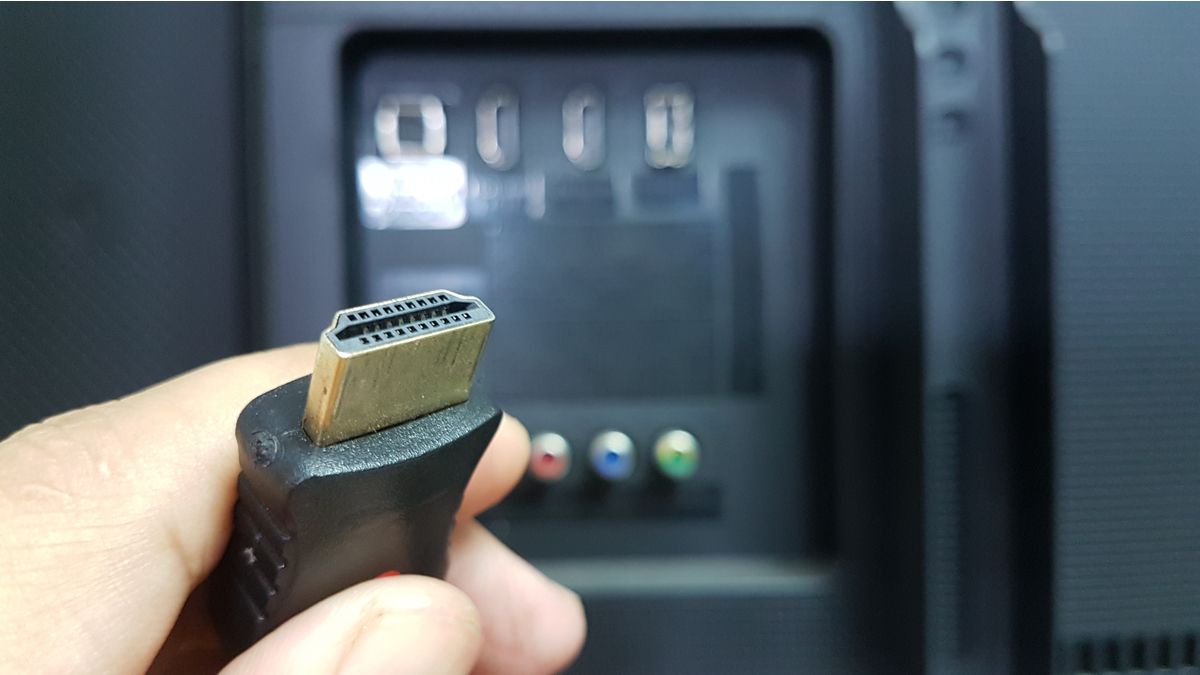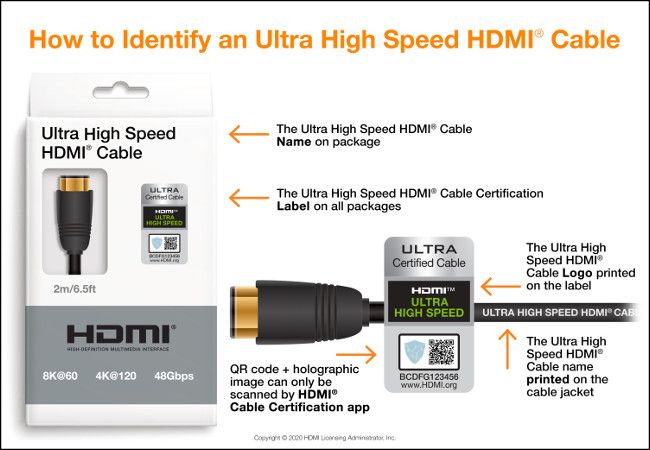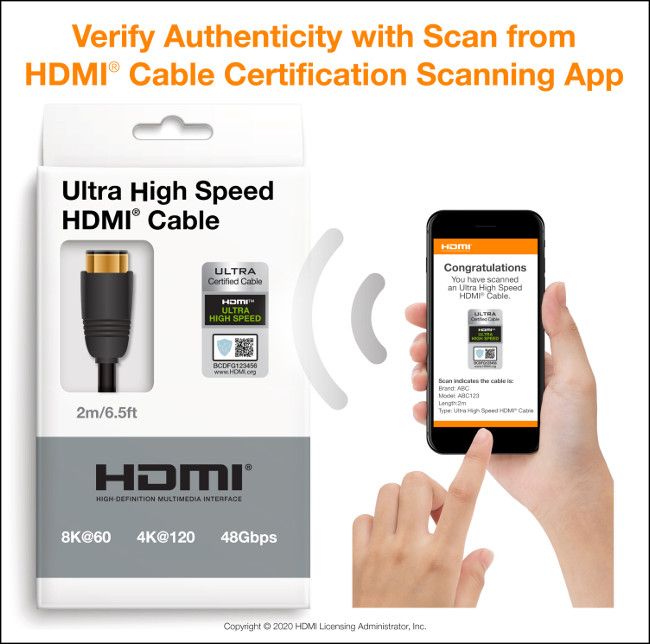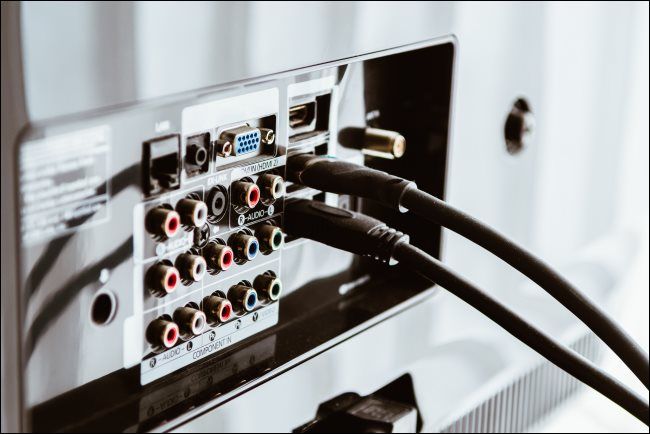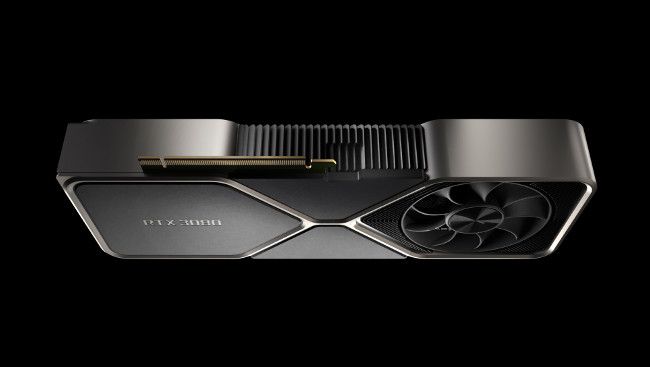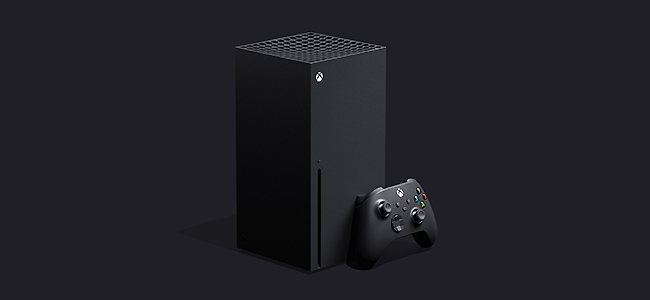Quick Links
Because HDMI 2.1 devices, like the Xbox Series X, PlayStation 5, and graphics cards from NVIDIA and AMD, are pushing more pixels than ever, the last thing you need is an unreliable cable causing problems. Here's how to avoid getting scammed.
Look for "HDMI Ultra High Speed" Cables
The HDMI standard is overseen by the HDMI Forum, while the HDMI Licensing Administrator oversees the licensing of the technology. Device and accessory manufacturers must meet the standards of the HDMI Forum if they want to produce a product that's been licensed or certified by the HDMI Licensing Administrator.
Although the latest HDMI standard is known as HDMI 2.1, HDMI's overseers have a different naming convention for cabling. If you want to buy an HDMI 2.1-compatible cable, you should look for the words "HDMI Ultra High Speed" on the box.
Cables aren't explicitly sold as "HDMI 2.1 cables." In the past, HDMI 2.0b cables were sold under the regular "High Speed" moniker.
To ensure you're getting a quality product, look for the "Ultra Certified Cable" hologram and QR code on the box. This means it's been tested to a minimum standard and certified by the HDMI Licensing Administrator.
These cables cost slightly more than the alternatives on websites like Amazon and AliExpress, but you'll likely find it's worth it to ensure that you get the full range of features offered by HDMI 2.1.
Verify Your Cable Purchases with the Official App
When shopping for a cable at a store or after your online order has shipped, you can verify the authenticity of your cable with the official HDMI Certification app for iPhone and Android.
Just install the app, point your smartphone's camera at the packaging and wait. You should see a "Congratulations" message informing you that the cable has, indeed, been certified. The HDMI Licensing Administrator states that the name of the cable must also be printed on its outer jacket.
If a cable fails the test or there isn't a hologram or sticker on the box, it hasn't been tested. This doesn't necessarily mean it won't work, but there's also no guarantee it can carry the full 48Gbits per second defined by the HDMI 2.1 standard.
If you were under the impression that a cable was "certified," but it fails the test, you should return the cable and get a refund. Most name-brand cables, like those from Belkin ($39.99) and Zeskit ($19.99), are independently tested and certified, but you should always confirm this.
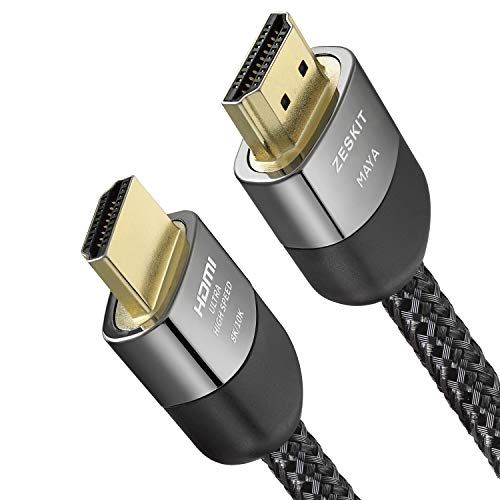
Zeskit 6.5ft/2m HDMI 2.1 Cable
Looking to get the most out of your brand new TV and console? You'll need an HDMI 2.1 cable, like this one.
The Problem with Cheap HDMI Cables
Troubleshooting problems with your home entertainment setup can be time-consuming and frustrating, especially if you have a receiver or soundbar in the mix. When you buy a certified cable, you're (hopefully) removing at least one variable from the list of potential problems.
There are some specific problems you might start seeing if the cable you're using isn't up to snuff. These often show up when you're trying to use an older HDMI 2.0b cable with an application that exceeds its 18Gbits per second specification.
You might not have any issues until you play the one or two games that run at 4K/120Hz on the Xbox Series X or PlayStation 5. These issues include everything from a black screen that does absolutely nothing, to weird artifacts and "sparkles" that appear at random.
You might encounter sudden blackouts or flickering or get error messages saying your TV has encountered a "handshake" issue. This means the TV and source device can't communicate properly because the cable isn't up to the task.
It can be tempting to cheap out on a cable, especially when it comes to long runs. This is where HDMI cables can get very expensive. The longer the cable, the more the signal can degrade before it reaches its destination. That's why the best cable is the shortest one you can get away with that matches the bandwidth requirements.
There isn't an "ideal" cable length, but for 4K resolution and high frame rates (120Hz), it's recommended you use an HDMI cable that's no longer than 10 feet (3 meters). For lower resolutions, the upper limit is somewhere between 20 (6 meters) and 50 feet (10 meters). If you're using a long cable and experiencing issues, test a shorter one.
Get Certified Fiber Optic Cables for Longer Distances
HDMI cables that incorporate fiber optics might be able to deliver better performance over longer runs. When we first wrote this article in late 2020, there were no ultra-high-speed HDMI cables that use fiber optics on the market. We recommended moving your source device closer to your TV if possible.
However, certified ultra-high-speed HDMI fiber optic cables are now available. For example, Cable Matters makes an ultra-high-speed certified fiber optic HDMI cable. It's available in various sizes: 5 meters (16.4 feet), 10 meters (32.8 feet), and 15 meters (49.2 feet.)
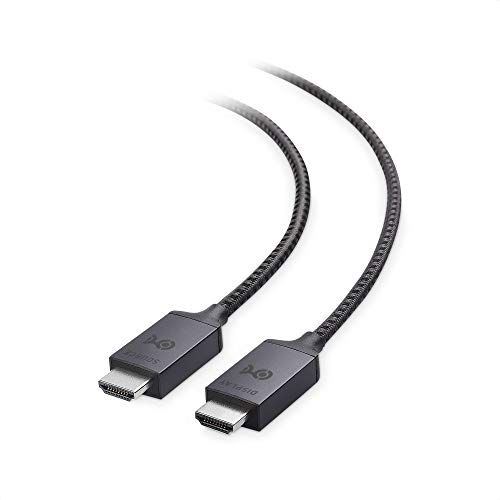
Cable Matters Fiber Optic HDMI Cable
This fiber optic HDMI cable is ultra-high-speed certified. You can get it in different sizes---up to 49 feet long!
Don't Fall for HDMI Cable Gimmicks
Many retailers will attempt to upsell you on an HDMI cable whenever you buy a TV or other home entertainment device. Often, though, one will be included in the box with your device. It's better to test out your setup before spending more money unnecessarily.
While certified cables cost more, they shouldn't break the bank. Be wary of any exorbitantly priced cables. They make it seem like you're getting a higher quality product, but it's a premium you don't need to pay.
Gold connectors are often used to give the illusion of a better-quality signal, but they do very little beyond looking flashy. Gold is a highly conductive metal, but so is the metal that makes up most of the cable (and it sure isn't solid gold.)
Braided cords might last longer, but HDMI cables don't usually incur much wear and tear. Unless you're buying a cable you know is going to be plugged in and out all the time, you don't need an ultra-durable one.
Do You Even Need an HDMI 2.1 Cable?
HDMI stands for High Definition Multimedia Interface. It was designed to transport a digital signal from a source device, like a gaming console, to a display or receiver. There have been numerous revisions of the HDMI standard, with the newest being HDMI 2.1.
The biggest difference between the previous HDMI 2.0b standard and the new 2.1 is how much data can be transferred at a time. HDMI 2.0b caps out at 18Gbits per second, while HDMI 2.1 supports a full bandwidth of 48Gbits per second. This means 2.1 can transfer 8K video at 60 frames per second, or 4K video at 120 frames per second.
There's also a heap of other new features in the HDMI 2.1 specification, including:
- HDMI VRR for variable-refresh-rate gaming.
- Auto Low Latency Mode (ALLM) to automatically initiate "game mode" on compatible TVs.
- Support for enhanced Audio Return Channel (eARC) to drive soundbars and receivers.
You only need an HDMI 2.1 cable if you have an HDMI 2.1 source device that outputs 4K/120Hz or 8K/60Hz. Every device in your video chain will also need to be HDMI 2.1-compatible in order to benefit.
Even if you have an HDMI 2.1 source device, like the PlayStation 5, you can still use your old TV or receiver to play games in 4K at 60 frames per second. You only need the increased bandwidth if you're going to use it.
Older devices and cards, like the Xbox One X, PlayStation 4 Pro, and NVIDIA's 20 series, are limited to HDMI 2.0b, so you'll get no benefits from a faster cable. This is why you shouldn't buy expensive HDMI cables unless you have a clear reason to do so.
Most devices that include HDMI 2.1 capabilities come with a compatible high-speed cable in the box. This includes both the Xbox Series X and the PlayStation 5, both of which can output 4K at 120Hz. You won't get any better performance by swapping out this cable for an aftermarket product.
You'd only want to replace this cable if you need a longer run, if it's damaged, or if you're plugging your source device into a receiver, and thus, need another cable to connect the receiver to the TV.
HDMI 2.1 Is Just Getting Started
The Xbox Series X, PlayStation 5, and NVIDIA's 30 Series graphics cards were the first HDMI 2.1 devices to hit the market. Only a handful of TVs released over the last couple of years have ports that support it.
However, the new specification was designed in response to the first wave of 8K-capable TVs and devices, most of which are still years away from mainstream adoption. You'll see a lot more HDMI 2.1 devices and accessories (including cables) hitting the market in the years to come.
Eventually, even budget brands, like Amazon Basics, will start selling Ultra High-Speed cables that support bandwidths of 48Gbits per second at low prices with no certification.
Until then, just remember that any certified Ultra High-Speed cable you buy today will be good for years to come. For now, most people don't even need HDMI 2.1. If you do, you're probably buying a TV for gaming.

